These are Walnut Studiolo's completely opinionated rules of play for cribbage, a game that has been played since the 1600s and holds a special place in our hearts. Rules differ between families, and even regionally (we learned about "muggins" from a few Canadian players!). Geoff grew up learning to play it with his grandma and dad in Eastern Oregon, and Valerie and Geoff play it most days during lunch.
The length of the game of cribbage is just right, and it's just the right mix of strategy and luck to fit any mood. We love it as a game for couples, it never gets boring!
Table of Contents
Get Started
Basics
- Gather a cribbage board, 2-6 players, and a complete 52-card deck.
- Points can be tracked on a sheet of paper instead of a board when necessary but it's a lot less fun!
- King is high, Ace is low. Face card value is 10, Ace value is 1.
- Set up the board with two like-colored pegs per track in the "Start" holes, one track per player (or team of two players).
- During scoring, each player uses the two pegs to "leap-frog" their score down the track, so the peg in front is marking the score, and the peg in back is what the score was the last time the player scored points.
- A full game is considered 121 points, which may be twice around a small travel board that has 61 peg holes. A 61-point game is great too, especially when on-the-go. Decide with the other players whether you're playing to 61 or 121 points before you start!
- If anything here is unclear, the official rules we follow are from the American Cribbage Congress Official Tournament Rules.
Begin Play
- Deal 6 cards to 2 players, one at a time. Take turns dealing, going clockwise.
- For 3 players: 5 cards to each and 1 card face-down to the table for the dealer's crib.
- For 4 players: 5 cards each.
- From his/her hand, each player selects two cards to discard to the "crib" (or, "kitty" if you prefer), and the four cards are placed face-down in front of the dealer. The crib is a 2nd hand that the dealer gets to count at the end (this is why it's important that dealers take turns!).
- For 3 or 4 players: discard 1 card to the crib.
- The next player clockwise (the non-dealer) cuts the deck, and the dealer turns up the card from the top of the lower portion of the cut deck. This is called the Starter.
- If the turned-up card is a Jack, the dealer pegs 2 points. This is called Nibs.
Phase I: Counting
The players alternate laying down their cards face-up one-by-one. Each time they lay a card, they count a collective total total up to 31. As they lay their cards, they'll attempt to score points along the way by playing off the other players' cards. The players still retain their cards but they reveal their hands one-by-one.
- Play in the Counting phase begins with the non-dealer (the person next in line clockwise) laying down the first card, and announcing the value of the card ("10").
- The next player then lays down a card (let's say, a 5), and announces the total value of the two cards together ("15"). (That player then scores two points for making a 15).
- Play continues clockwise in this way until either a player reaches 31, or cannot lay down a card without going over 31.
- If a player can't lay a card without going over 31, the player must say "Go" and play continues to the next person. If no other players can go, then the last player to lay a card pegs one point for a "Go". For example, if the score were at 30 and neither player had an Ace, the last player to lay down a card gets 1 point.
- If a player has a card that does not add up to 31 or more, they must play it on their turn, even if they don't want to for strategic reasons.
- If a player does lays a card to reach an exact total of 31, that player scores 2 points.
- After reaching 31 or "Go", play continues in clockwise order with a fresh count from zero, until all the players' cards are played.
- You get points in the Counting phase for tricks as follows:
- A total of 15: 2 points
- A total of 31: 2 points
- "Go": 1 point
- Pairs: if 2 of the same cards are played in a row, the player putting down the matching card gets 2 points. (For example, a King laid after a King was played). For 3 of the same cards, peg 6 points. For 4 of the same card, peg 12 points.
- Runs: if 3 cards in sequence are played in a row, regardless of suit or order, the player can get as many points as there are cards in the run. For example, Player 1 plays an 8 of Diamonds, and Player 2 plays a 6 of Spades. If Player 1 then plays a 7 of Hearts, they can peg 3 points for a "Run of 3."
- Points are cumulative, so if a player earns points for both a run of 3 (3 points) AND a 31 (2 points), they peg 5 points.
Phase II: Showing
The players now count the value of their 4 card hands with the 5th Starter card. The Starter is the 5th card in all players' hands. All players' cards should now be face-up after the Counting phase.
Playing and scoring happens in strict order:
- Non-dealers
- Dealer
- Dealer's Crib
The player counts his own trick totals out loud, tallying the amount of points by pointing out all the combinations that make points, and saying the total at the end.
Points are tallied as follows for these tricks, in the order that follows. The scoring is similar to the previous phase but with some differences:
- Any and all card combinations that add up to 15: 2 points per combination. For example, a Jack and three 5s would be four combinations:
- Jack plus the 1st 5
- Jack plus the 2nd 5
- Jack plus the 3rd 5
- All 3 5's counted together
- Pairs: for 2 of a kind, count 2 points. For 3, count 6 points (6 is a shortcut, it equals all the combinations of all the pairs). For 4 of a kind, count 12 points.
- Runs: for 3, 4, or 5 cards in score as many points as there are cards in the run (3, 4, or 5 points).
- Flush: for 4 cards in the hand of the same suit, score 4 points. If the starter also matches suit for a Flush of 5, score 5 points. In counting the crib, Flushes can only be counted when there are 5, not 4.
- Nobs: If there is a Jack is in the hand of the player that is the same suit as the Starter card, then the player can score 1 point for Nobs.
- Any and all card combinations that add up to 15: 2 points per combination. For example, a Jack and three 5s would be four combinations:
Common Points Combinations:
Oftentimes there are regular combinations of hands that have their own terminology, but broken down to their constituent parts, they are the same points as written above.
For example, a hand of with a double AND a run would be called "a double run of 3". This combination always adds up to 8 points, not including 15's or Nibs (2x Runs of 3 + 1x Pair). With 15's included, the total score for this hand 8, 7, 7, 6, A would be counted out loud like this:
"15, 2..."
[8 + first 7]
"...15, 4..."
[8 + second 7]
"...15, 6..."
[7 + 7 + 1]
"...15, 8..."
[8 + 6 + 1]
"And a double run of 3..."
[combination = 8]
"...for 16."
[total of 8 in 15's + 8 combination]
Here are some common combinations:
- Double Run: run of 3 + a pair.
Ex: K, Q, J, J
8 points - Double Run of 4: run of 4 + a pair.
Ex: K, Q, J, J, 10
10 points - Triple Run: run of 3 + a 3-of-a-kind.
Ex: K, Q, Q, Q, J
15 points - Quadruple Run: run of 3 + two pairs.
Ex: K, Q, Q, J, J
16 points
- Double Run: run of 3 + a pair.
Winning
When a player reaches the 61st or 121st point, landing in the game hole on the cribbage board, that player has won and the game is over. It does not have to be an exact combination to land in the game hole. If the player had one hole to go and scored 2, s/he would still win.
If a player wins while the other player is so far behind that s/he has not rounded the last corner of the game board, then that player got "skunked"! (The "skunk line" is marked on most boards with an "S" on the track.)
Variations and Etiquette
Counting Out Loud in Order
There is a traditional order to how the player announces their points in the Showing phase that experienced cribbage players follow. The player usually says the type of point followed by the number of points, in this order:
- 15's
- Set combinations
- Runs
- Flushes
- Nibs/Nobs
For example, a player with great hand: 2, 3, 3, 4, with a 10 as the Starter would count out loud:
"15, 2..."
(10 + 2 + 1st 3)
"...15, 4..."
(10 + 2 + 2nd 3)
"...And a double run of 3..."
(2, 3, 4 with the 1st 3 for 3 points + 2, 3, 4 with the 2nd 3 for 3 points + a pair of 3's for 2 points, which is 8 points)
...For 12."
(This is the total of 4 points from 15's and 8 points from the double run)
Meaning of 19 and 29 in Cribbage
19. When a player earns no points on a hand, they are jokingly said to have earned "19" points, a total that is impossible to earn in a cribbage hand. (They do not score any points, though!)
29. A "29" is the best possible score you can have in a cribbage hand. It is the most points possible. (Some people never get this hand, even in a lifetime of playing!) It is created by being dealt three 5's and a Jack. The Starter card must then be a 5 of the same suit as the Jack.
Misdeals
Tournament Rules: Tournament rules have various requirements for different kinds of misdeals, including exposed cards or incorrect number of cards. See Sections 4.3 and 4.4.
House Rules: In our house, if a dealer misdeals, then they forfeit their turn in dealing, which means they lose out on a crib.
Muggins
If a player misses counting his own points fully, the other player can call "Muggins!" and score the missed points for him/herself.
Pegging with 3 Players
How to peg on a two-track cribbage board with 3 or more players
Stealing the Deal
Tournament Rules: If a player deals out of turn and the error is discovered before both players have played a card, the deal is void and the correct player redeals. If discovered thereafter, the hands shall be played and the nondealer deals the next hand in that game.
House Rules: Some houses make "stealing the deal" an active part of the game. In these rules, you try to distract the other players while you take extra deals out of turn. If they don't notice until play has started, you've won a bonus turn as the dealer, and an extra crib.
Bonus! Printable Cribbage Rules
We designed a series of handy-dandy printable PDF "mini book". These include basic cribbage rules and a cheat sheet for cribbage on-the-go with purchase of our travel cribbage boards.
Print this cheatsheet for your board or wallet to help remember common points combinations!
Handcrafted Unique Cribbage Boards
Check out our handcrafted Travel Cribbage Board, Cribbage Board Belt, and more unique cribbage boards on our website.
This bonus video from YouTube is short (7 min), simple and to the point:




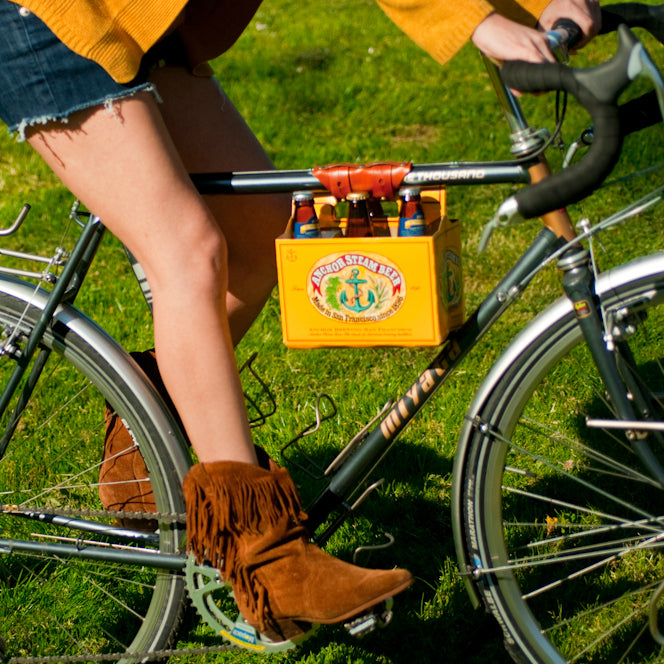
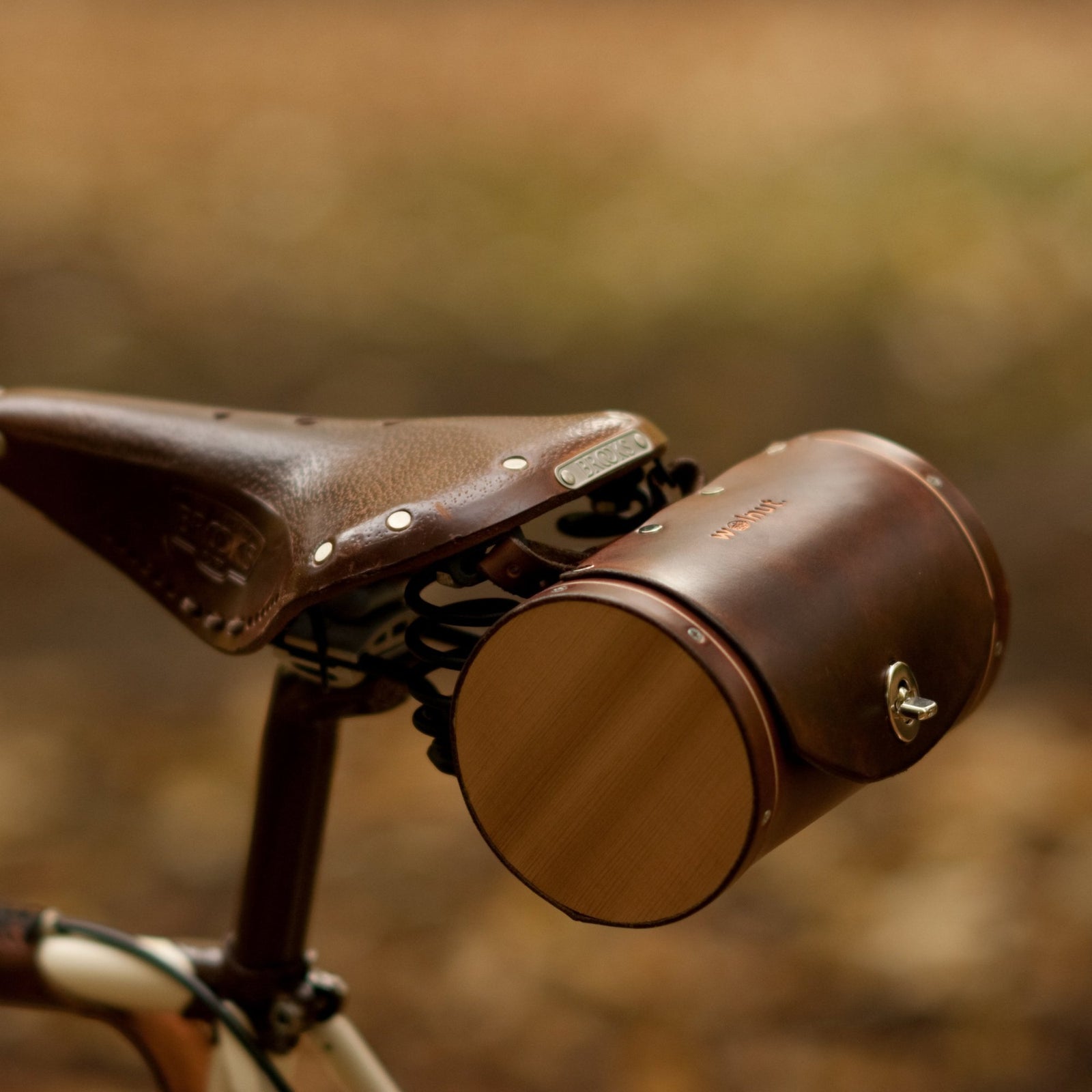
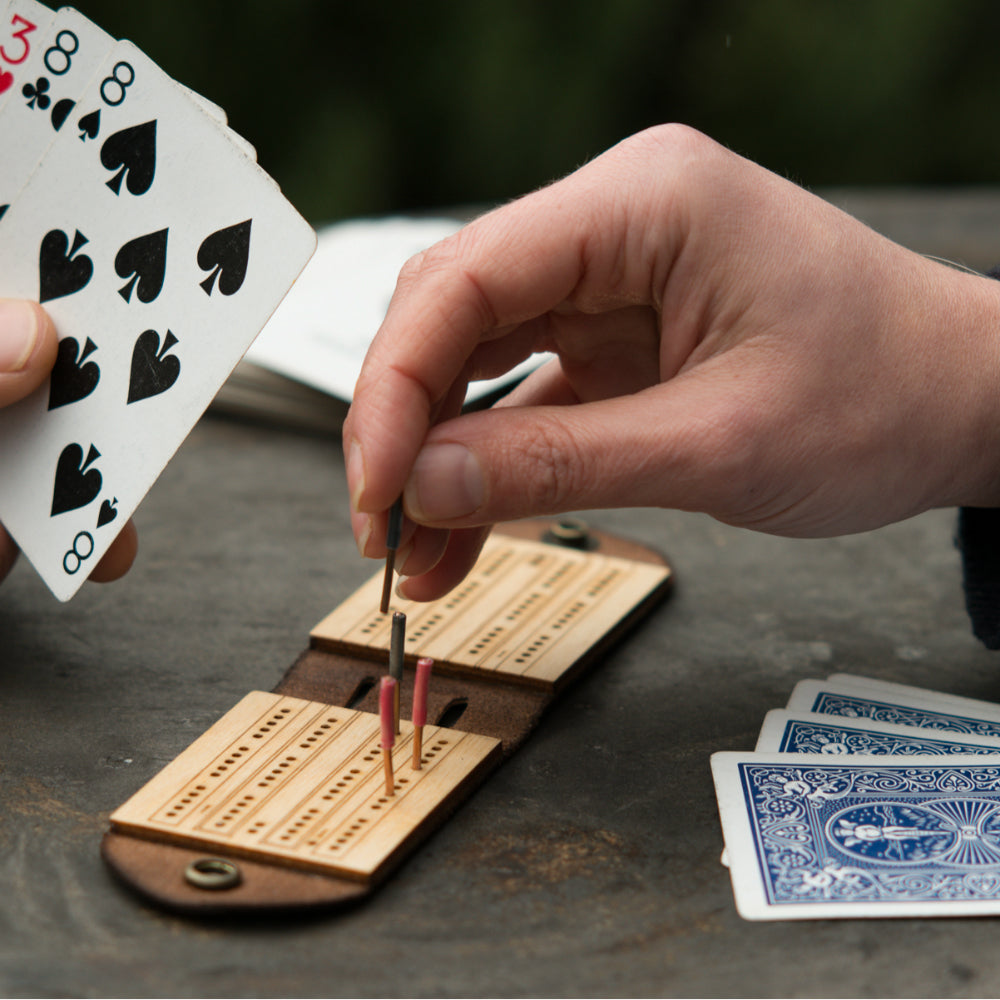
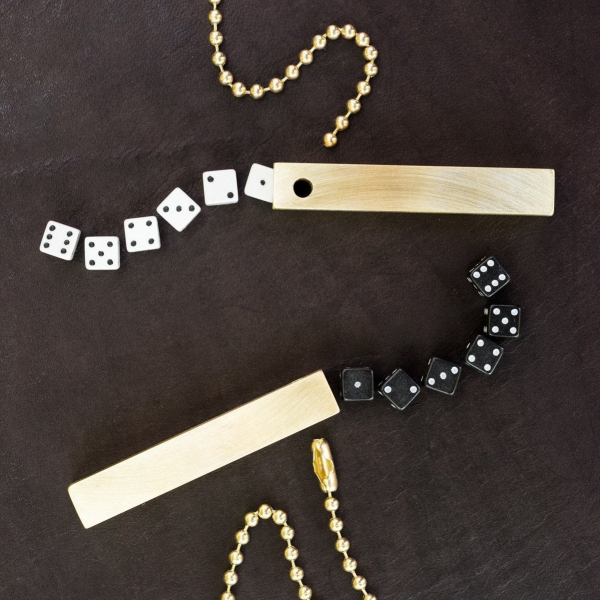
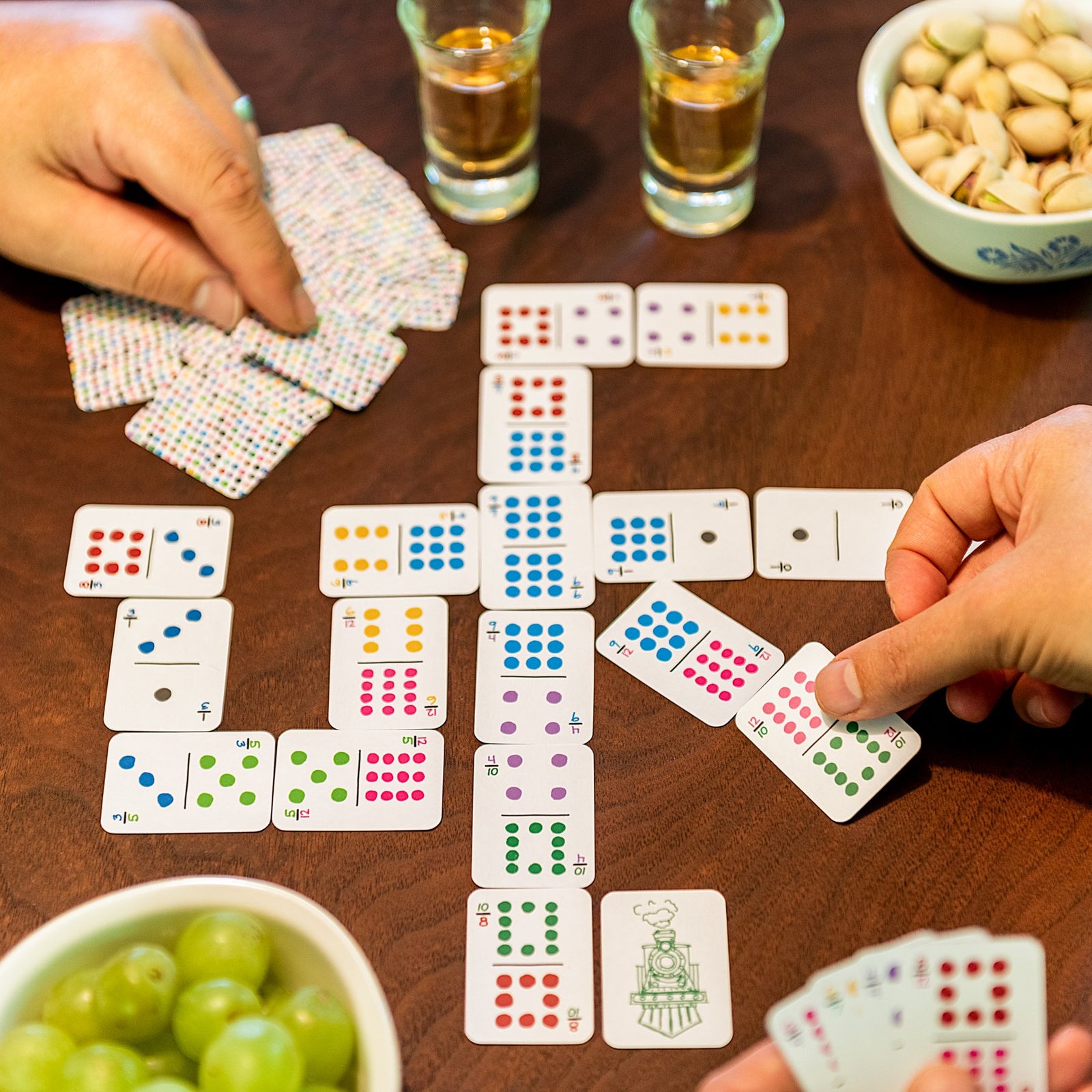
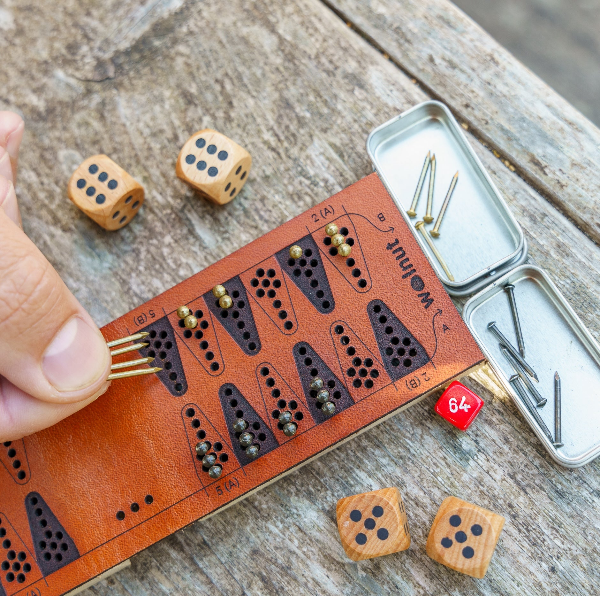


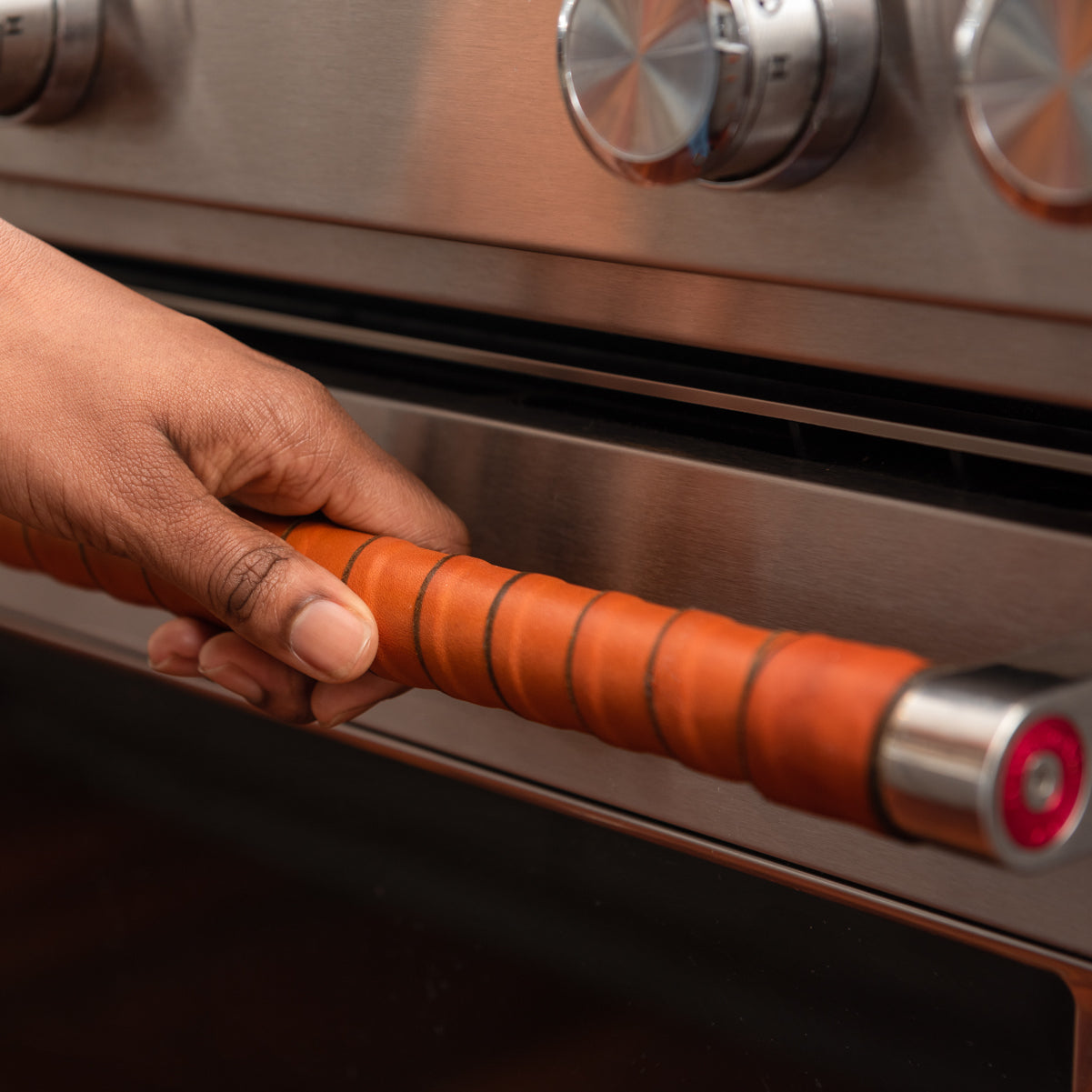



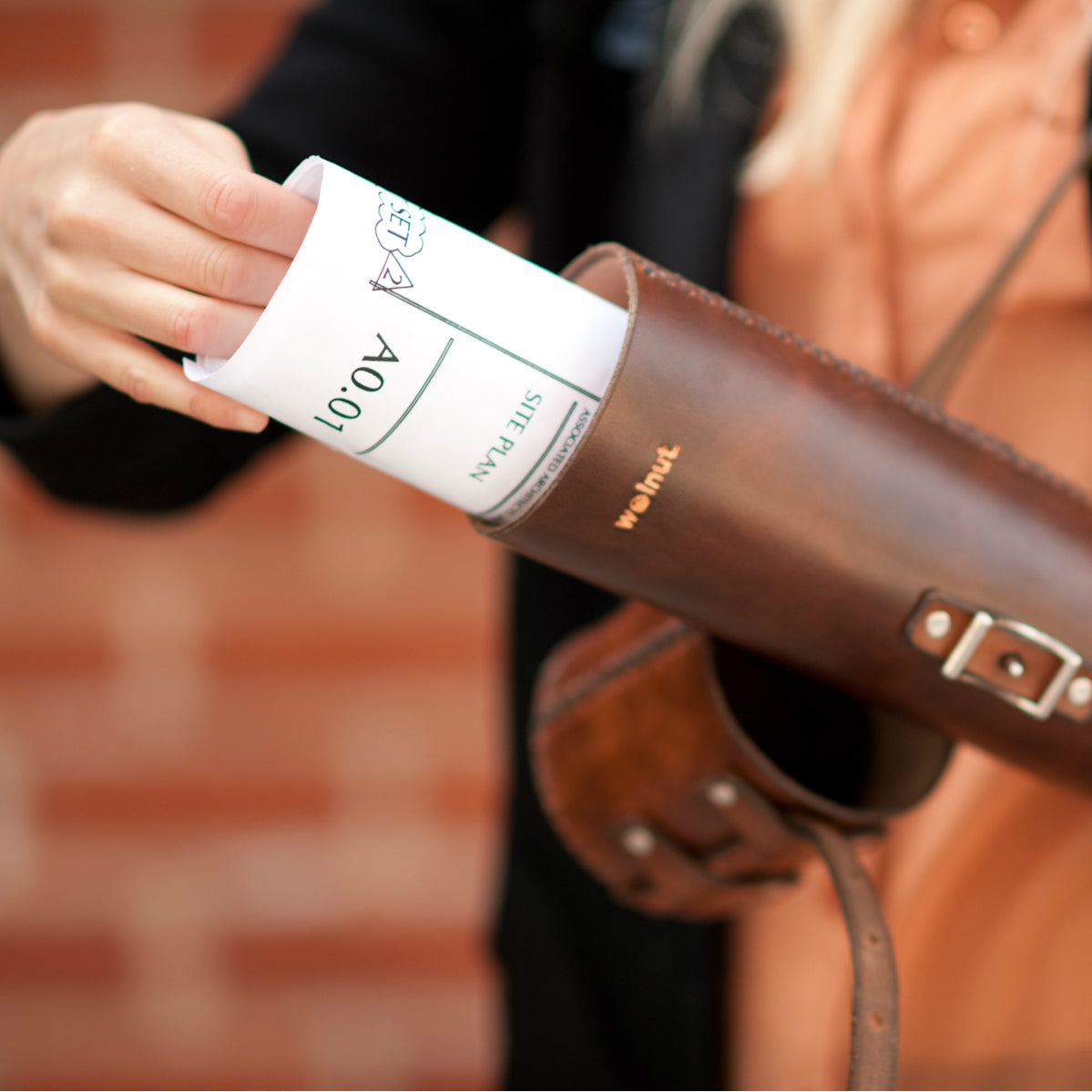
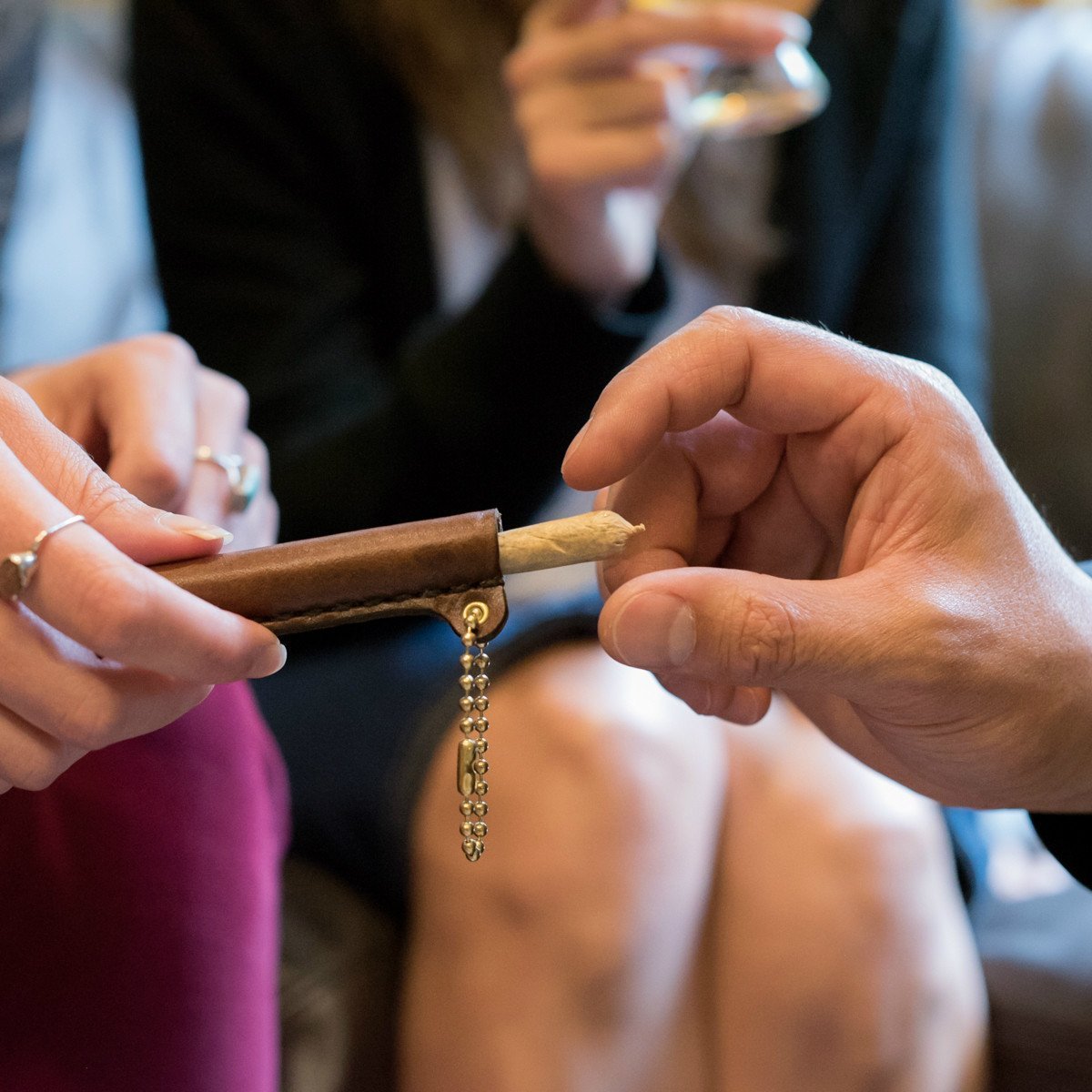
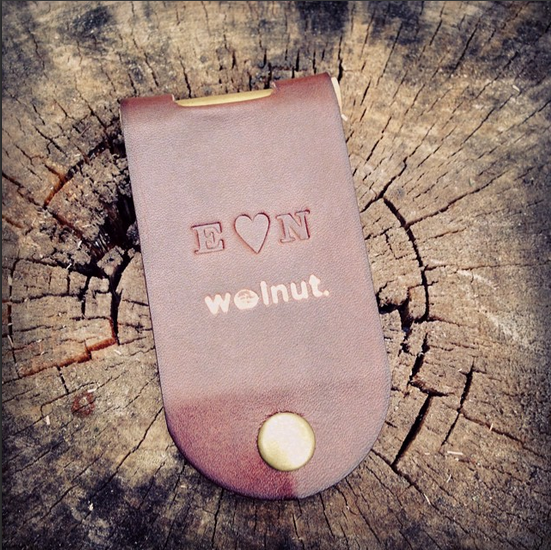
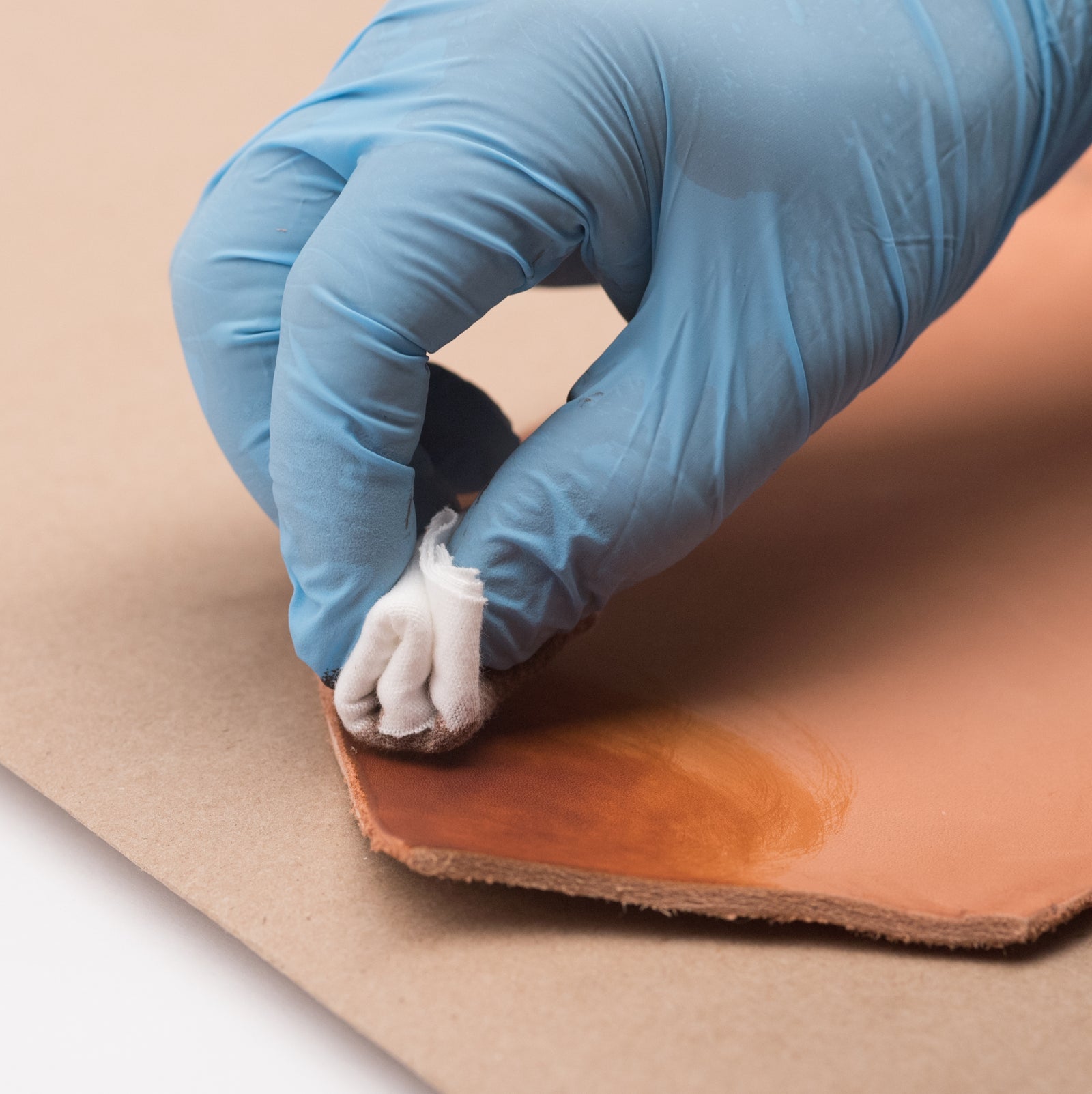

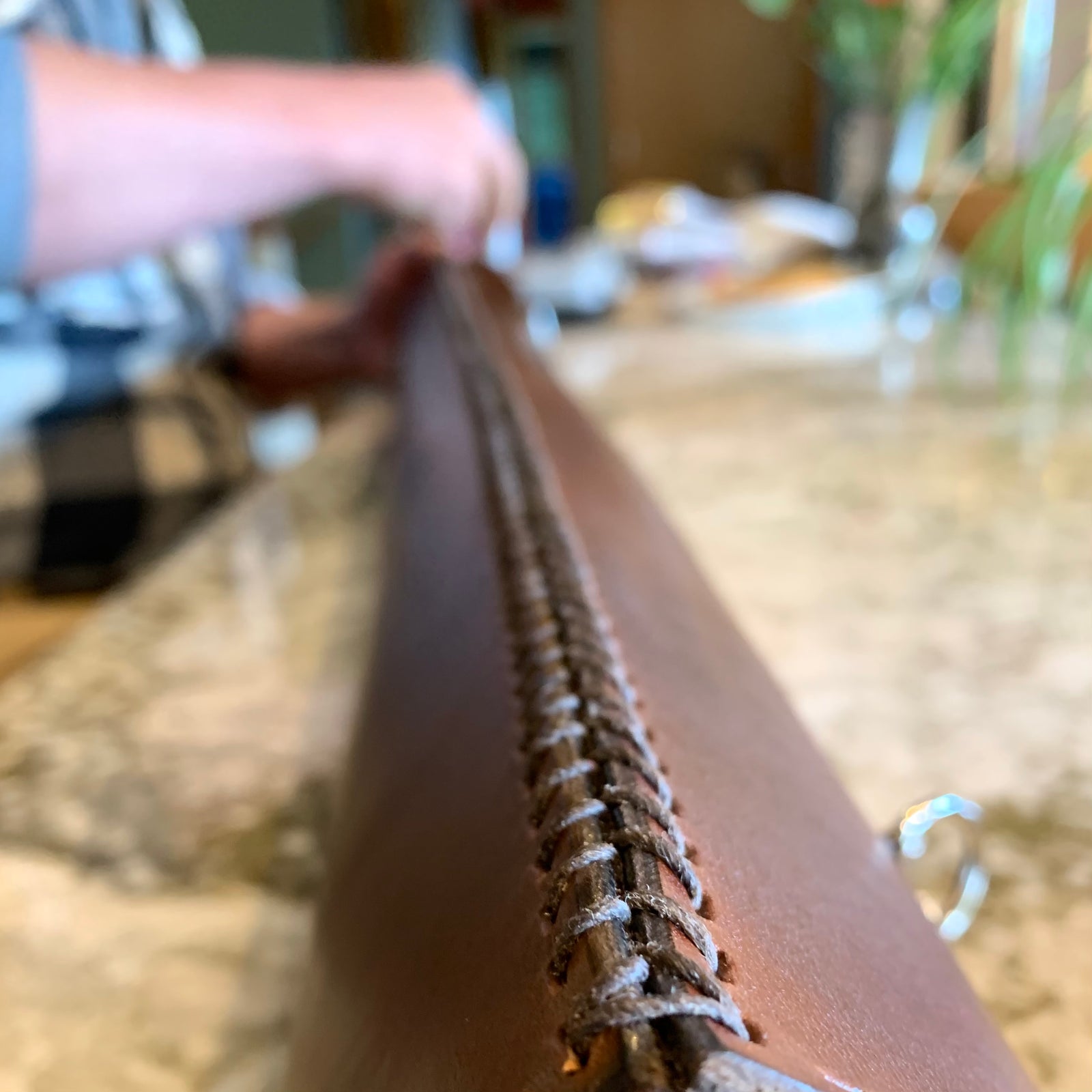

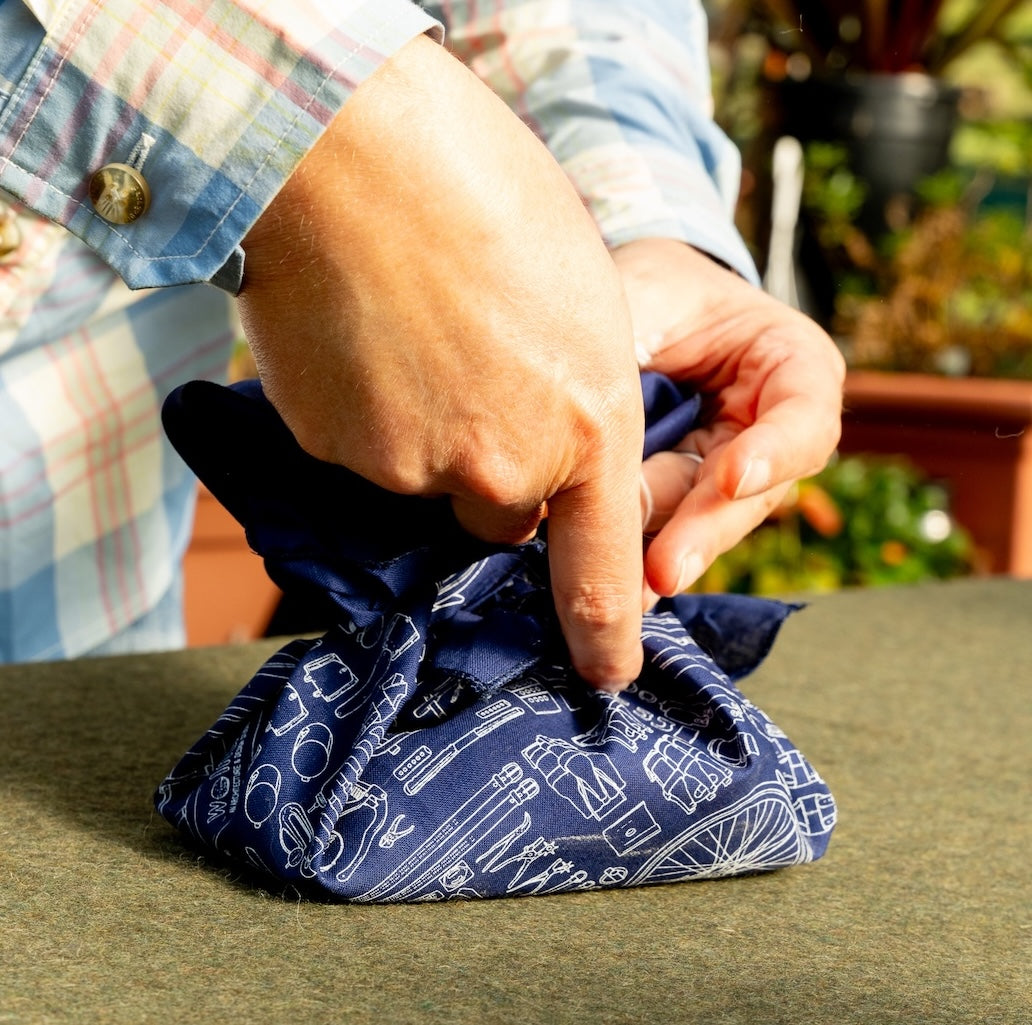









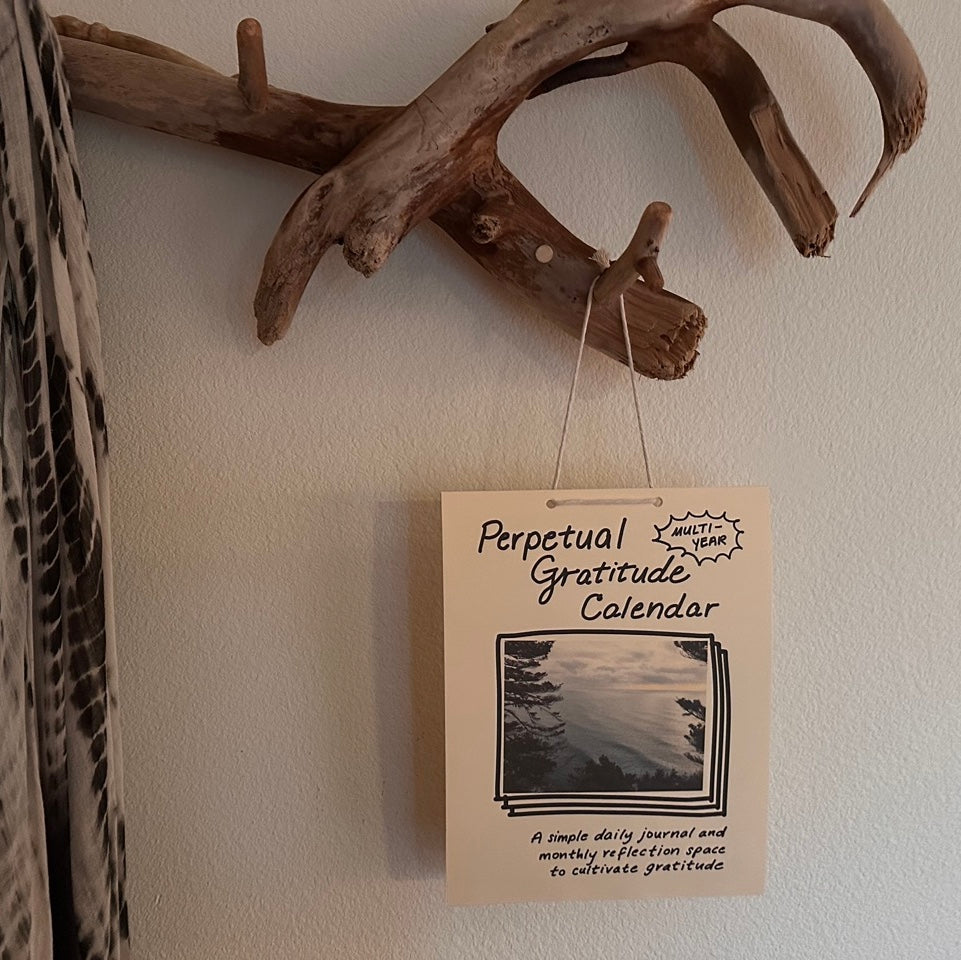



walnutstudiolo
July 11, 2023
That’s a great question, Barry. We don’t play by “exact peg out” rules so it’s difficult to answer. We checked the American Cribbage Congress Tournament Rules (http://www.cribbage.org/NewSite/rules/rulebook_2020.pdf), which I would consider to be the gold standard, and their rules say simply “Be the first player to score 121 points” and doesn’t address this issue at all. This leads me to believe that it is as we play, which is the “first past the post” wins. I would consider an exact peg out as “house rules” and anything goes with house rules so long as all players agree. If the players don’t agree, perhaps you then refer to the official rules — in that case, if you were playing at our table, we would have said the first player who had enough points to meet or exceed 121 won.